Don't wanna be here? Send us removal request.
Photo


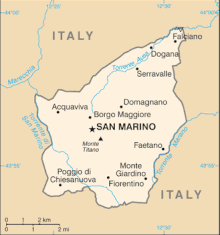
The Republic of San Marino is a tiny mountaintop country in Europe completely surrounded by Italy. It’s been independent since the mid-1400′s, with an initial independent monastic community founded there in 301 A.D. I took the photo of its mountaintop castle in 1966 when I visited the country on a driving trip with my family through Italy. We spent an hour or two there.
0 notes
Photo










The Rhine River in western Germany is renowned for its castles that dot the hillsides above the river where it cuts a narrow 40-mile-long valley between Bingen and Koblenz. I took several of these shots from the train as we wound our way between Frankfurt and Koblenz in 2018. I’d love to go back some day and actually visit several of these.
0 notes
Photo
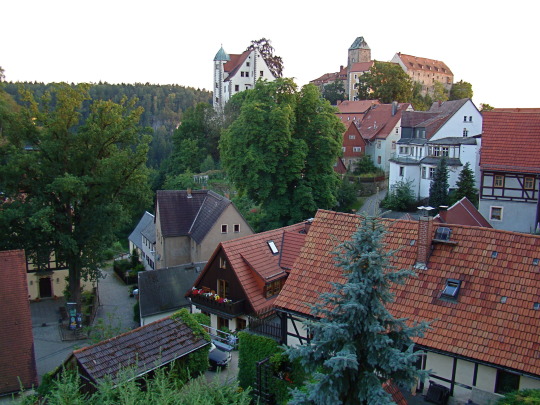

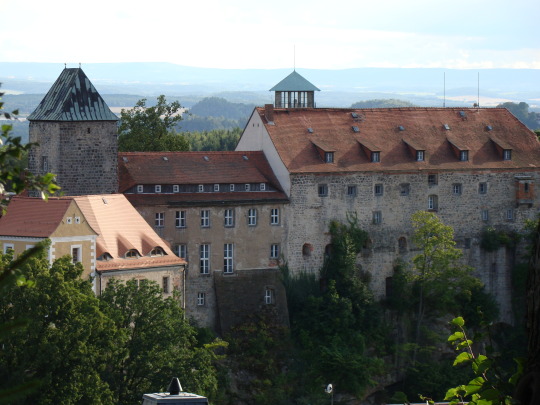
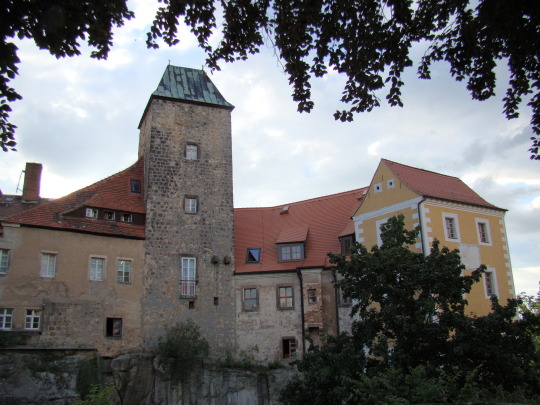

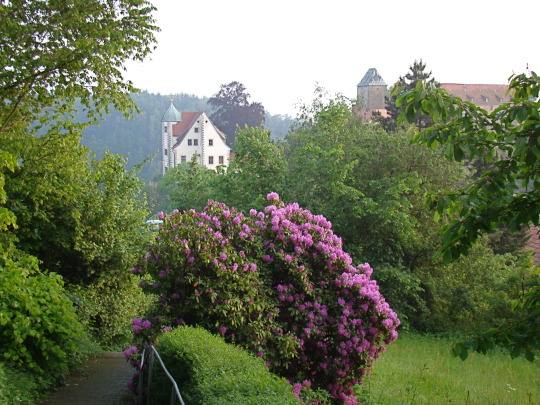


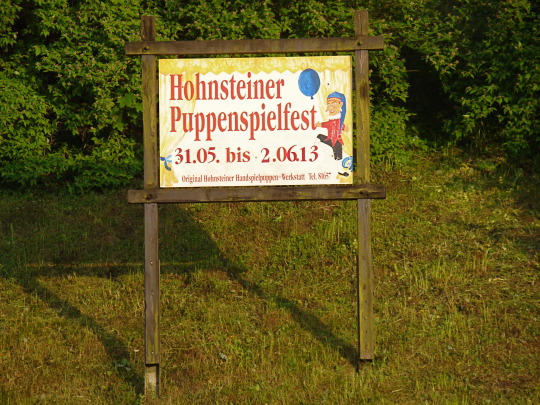

More photos of Burg Hohnstein from various times I’ve visited it over the years.
0 notes
Photo

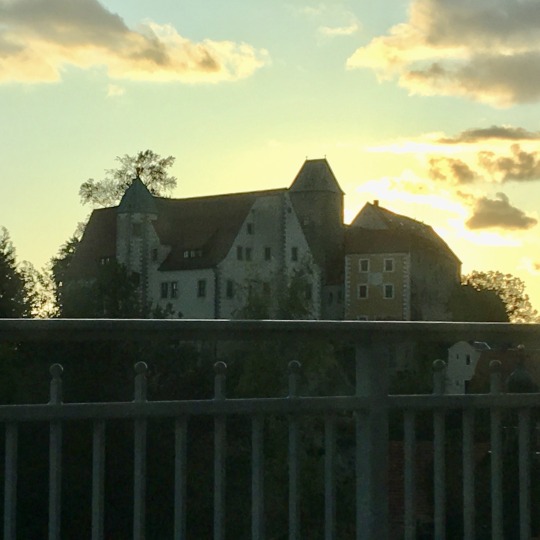
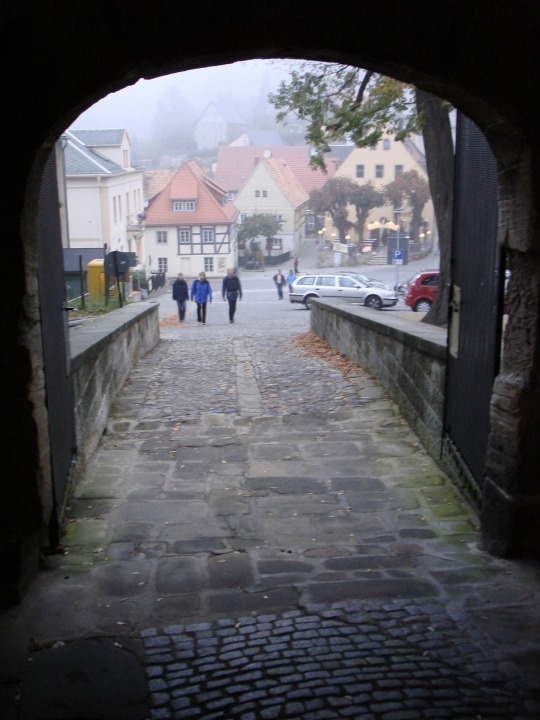
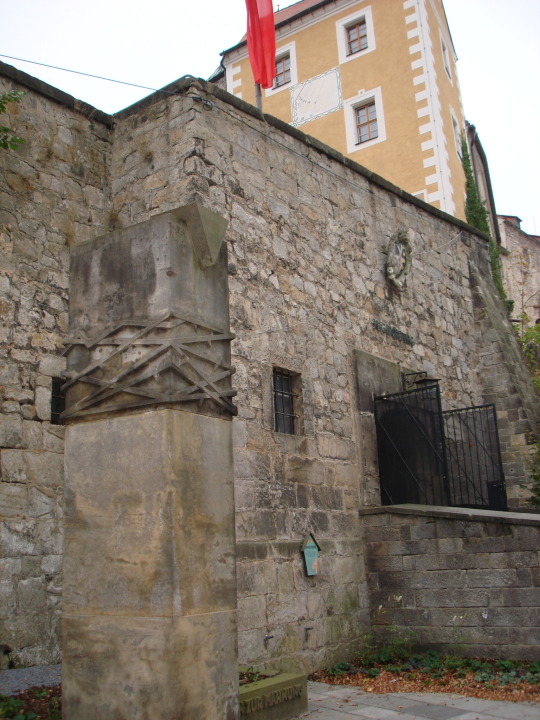






Burg Hohnstein is a wonderful castle in eastern Germany, in the “Saxon Switzerland” national park, about 25 miles from Dresden. I first stumbled upon it in 2001, and found that it now serves as a youth hostel offering an adult lodging program as well, run by the German Friends of the Environment organization. The overnight accommodations for adults and families are housed in the Renaissance-era building adjacent to the actual castle, and can be booked through the website: www.burg-hohnstein.info. In 2015 I led a group of 21 of my Forster family members on a family roots exploration trip to Germany, and while visiting the Dresden area we stayed at Burg Hohnstein for several nights. It was a wonderful experience, with cafeteria dining and simple, but comfortable, accommodations at a reasonable price. Built starting in 1353, the castle and its adjoining buildings sit on a rocky promontory high above the deeply forested Polenz River valley, offering wonderful hiking trails all throughout the Saxon Switzerland National Park. The castle has quite a history, having been used as a prison by the Nazis and then as a communist youth organization hostel during the 40 some years it was in East Germany (DDR). There are memorial plaques to these dark chapters of its history, and I would imagine there are quite a few ghosts still lingering within its walls.
0 notes
Photo








Königstein is a spectacular hilltop fortress in the eastern German state of Saxony, which once was an independent kingdom. From its perch high above the Elbe River it controlled traffic up and down the river valley, which was the main route of transport from the silver mines of Bohemia to the North Sea. If you take the train from Prague to Dresden you will pass right beneath the fortress, as is pictured in this first photo I took of it in 1993. The others are from a 2008 visit to Königstein. To reach or leave the interior of the fortress, which covers the entire plateau hilltop, you must ascend/descend through the steeply inclined tunnel shown in the last photo here. The views from the parapets of the fortress make the climb well worth the effort!
0 notes
Photo








I returned to Prague in 1993 for the first time since I was first there in 1970, twenty-three years later, and I truly experienced the change brought about by the 1989 collapse of Communism in Czechoslovakia. 1993 saw the country split into two: the Czech Republic (the western part) and Slovakia (the eastern part). Prague, now the capital of the Czech Republic, had been discovered by Western tourists, now free to travel where they willed throughout the country. The Hradcany Castle on its hilltop over Prague had become a main focus for visitors, along with the Charles Bridge and the Old Town Square. As you can see from these photos I took on that visit, I was not alone in enjoying the beauty of Prague to its fullest!
0 notes
Photo




Vajdahunyad is a late-Nineteenth Century recreation of a medieval Hungarian castle, now set in a park in Budapest. I photographed it on a 1993 trip to Hungary when leading an inter-church youth exchange trip there. It’s a little over the top and borders on kitsch, almost like a Disneyland castle.
0 notes
Photo




Gutenberg Castle sits at the foot of the Alps on a hill in Balzers, Liechtenstein, across the Rhine River from an autobahn in Switzerland from which I snapped the first photo in this collection in 1988.
0 notes
Photo


The Chateau Chillon on Lac Leman in the French-speaking part of Switzerland is one of the most beautifully situated castles I’ve visited. I took these photos in April 1988 when we were staying in Geneva during our sabbatical trip.
0 notes
Photo


In 1988 we spent two months in Europe and Britain, on a sabbatical leave from our positions as campus ministers at the Unitversity of Washington. Our travels took us to Warwick Castle in England, pictured here.
0 notes
Photo



In 1976 I took part in an Aegean Cruise around Greece, Turkey and the Adriatic Coast. Our boat stopped for a day in Istanbul, where we visited the Topkapi fortress, former home of the Turkish viziers.
0 notes
Photo





I first visited Prague in the summer of 1970, just two years after the invasion of Czechoslovakia by the troops of the Warsaw Pact, led by the Soviet Union. The Hradcany castle complex is one of the largest and most beautiful castles in the world, sitting on the crest of a hill over the city. It was the royal castle of the kings of Bohemia until the 1600′s, and serves as the seat of Czech government even today. The gothic styled twin-spired cathedral in the middle of the complex is named for St. Vitus, and was only completed in 1929 following centuries of on and off construction. In 1970 Czechoslovakia was very much under Soviet occupation, and troops still patrolled in the castle and throughout the city. As you can see from the photo of my sister Barb and me on the Charles Bridge, there were hardly any tourists in Prague back in those days more than 50 years ago now, as compared to the hordes of people from all over the world who visit Prague for its scenic beauty today.
0 notes
Photo




During the summer of 1970 I worked in a hotel in Vienna during July and August, and then traveled throughout Central Europe on my own. I took these shots of the castle in Nuremberg, Germany, which has restored much of its medieval character, following heavy aerial bombing by the Allies near the end of WWII.
0 notes
Photo





In August 1968 after traveling around Germany with my friend, John Duesing, I traveled “behind the Iron Curtain” to Poland, where I spent a week with a family friend, Dr. Wincenty Mateja, who toured me around his country. We went to Warsaw and Cracow, and visited the royal castle, Wawel, of the Polish kings from long ago. It stands on a small hill in the middle of the city, along the banks of the Vistula River. It was later during that visit to Poland with Vinzent (Wincenty) that the Warsaw Pact troops invaded Czechoslovakia to crush the liberalization movement going on there that year. I had to get out of Poland as quickly as I could, and traveled by train across East Germany. It was a character-building experience! I was just 17 at the time.
1 note
·
View note
Photo





Neuschwanstein is the fairy tale castle “Mad King Ludwig” of Bavaria had built for himself in the 1880′s. Thus it’s not nearly as old as most castles, and is kind of a pseudo-castle, but very imposing, sitting on a high hilltop at the edge of the Alps near Füssen, in southern Germany. Following my stay with the Hümmers’ family in the summer of 1968 I traveled around Germany with my high school friend, John Duesing, and we made a point to visit Neuschwanstein, climbing up along a trail on a mountain behind the castle to get this last picture of it, from above and kind of hanging off a cliff. It’s a very dramatic place, but unfortunately King Ludwig spent only a very short time at Neuschwanstein after it was completed, drowning himself in a nearby lake, the Starnbergersee, in 1886. His death was ruled a suicide, but there are still some who believe Ludwig was actually murdered. Others claim that he wasn’t actually “mad,” just eccentric!
0 notes
Photo

In 1968 I had the opportunity to spend part of the summer living with a family in Lindau, West Germany. The Hümmers showed me many different sights in the Alpine areas not far from Lindau, including the royal castle in Liechtenstein, another one of the micro-sized independent countries of Europe. Liechtenstein is tucked in between Switzerland and Austria, and has been ruled by a noble family, the Liechtensteins, landed gentry from the days of the Austro-Hungarian Empire. The country has been independent since the mid-1800′s, and is 5 miles wide by 12 miles long. The royal castle, pictured above, sits perched above the capital city, Vaduz.
0 notes
Photo

As we journeyed down through Italy in 1966, we came to the tiny mountaintop republic of San Marino, which is its own independent country, totally surrounded by Italy. The mountaintop is crowned by a small medieval fortress, which you see I photographed here with my Kodak Instamatic camera.
1 note
·
View note